
Hansen comments that we have been burning fossil fuels and producing CO2 without any idea of the consequences to our planet. The report compares the Eemian period, which was the previous warm period, 125,000 years ago, when the temperature was only 0.5 C warmer than today, and sea levels were 2m to 7m higher.
The level of CO2 at that time was 300 ppm compared with 400 ppm today but the temperatures were similar.
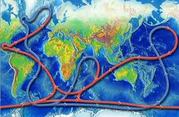
With CO2 in the atmosphere at 400 ppm, heat from the sun is warming the planet and most heat goes into the oceans. This heat in the oceans melts the grounded ice shelves from below and increases the release of fresh water.
This fresh water interferes with the sinking of the salt laden sea water at the poles and slows the thermohayline circulation and consequently slows the distribution of heat around the planet.
As the ice shelves break up there is an increase in the speed at which the big ice sheets move towards the sea and consequently they are melted by the warmer ocean water.
The result is that the Poles remaining cold and the tropics becoming warmer makes an energy imbalance in the planet which can drive much more powerful storms. Typical instances would be along the course of the Gulf stream, across the Pacific Ocean and round the Southern Ocean. Read the report

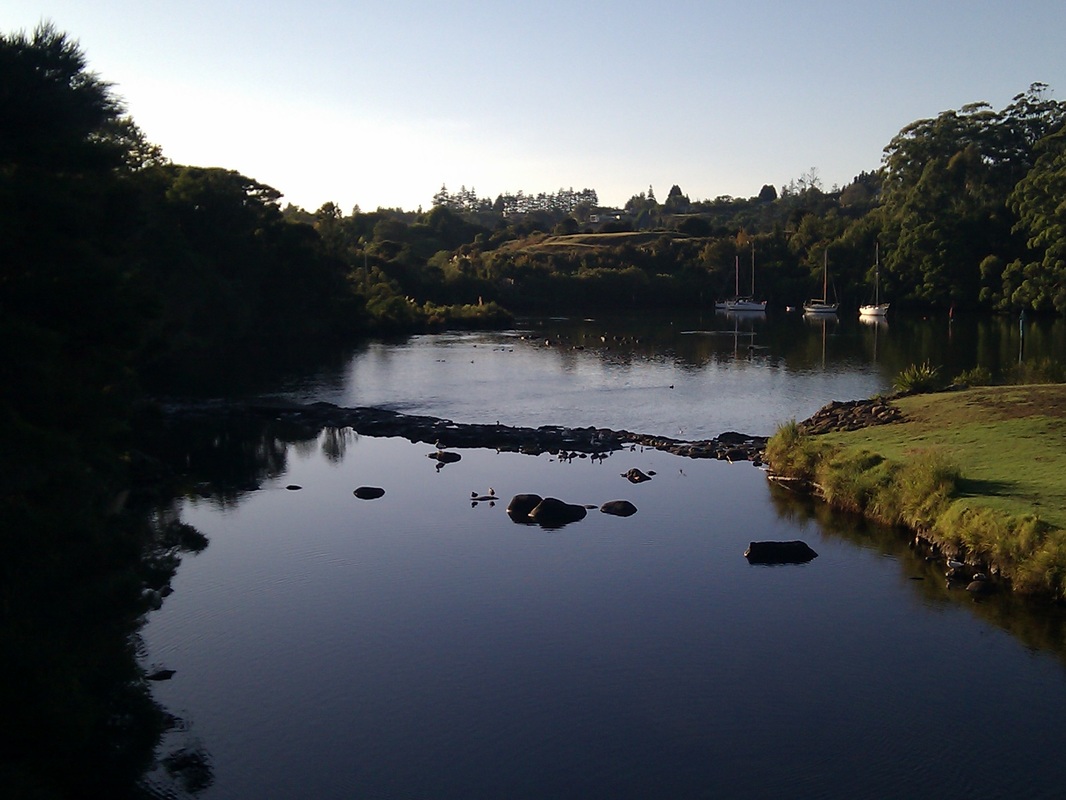
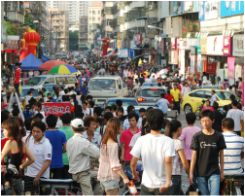
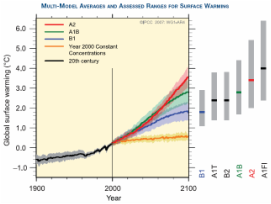
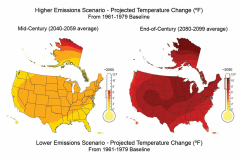


 RSS Feed
RSS Feed